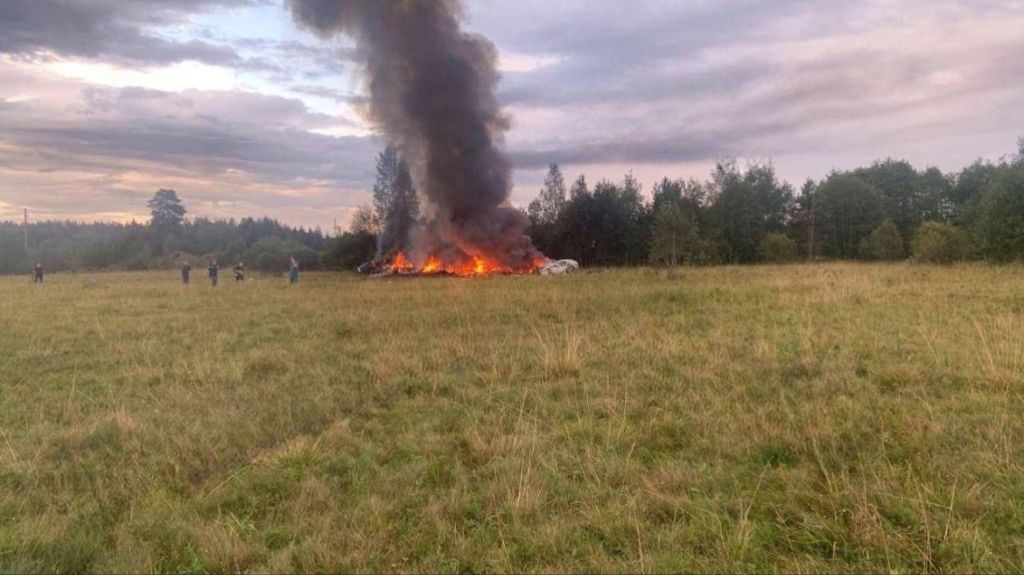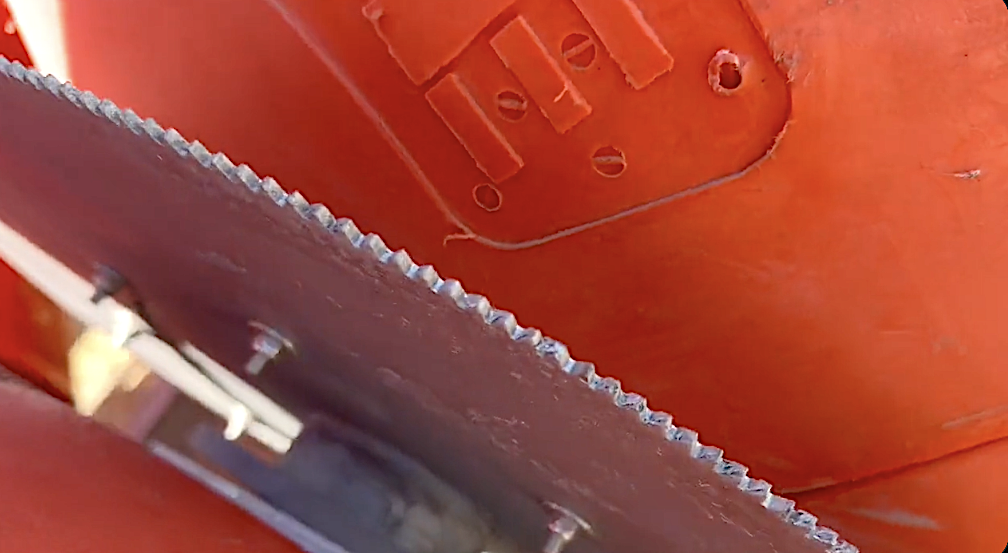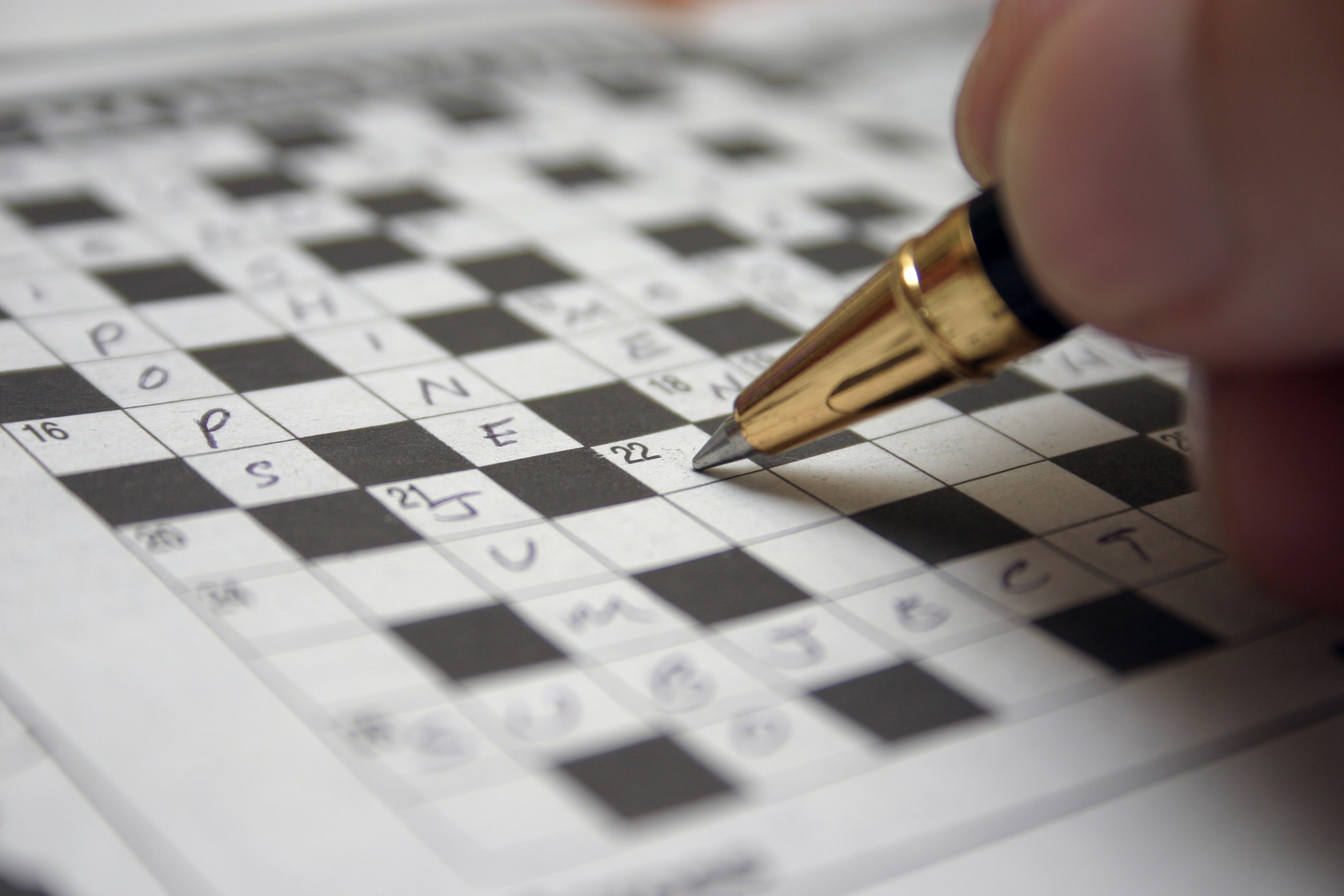Doctors are sharing 3D-printed ventilator splitter designs to prepare for the crunch


Facing acute shortages of ventilators to treat a tsunami of COVID-19 patients, doctors and engineers are improvising, and one relatively easy, inexpensive, and slightly risky workaround is a splitter that allows multiple patients to use one ventilator.
"If you do the math, there was no way that any hospital or any hospital in any country in the world would be able to manage the critically ill patients," Dr. Saud Anwar, a pulmonary critical care specialist and state senator in Connecticut, tells NBC 4 New York. So he worked with a 3D print shop owner and an engineer to create an open-source splitter that allows one machine to treat up to seven patients. They aren't the only ones with that idea. Last week, the Food and Drug Administration allowed the use of splitters to treat more than one COVID-19 patient on an emergency basis.
A team of engineers at Johns Hopkins University, a doctor-and-engineer couple in South Carolina, and anesthesiology and intensive care staff at New York-Presbyterian/Columbia University Medical Center have also developed their own 3D-printed splitters. "It's not ideal," New York Gov. Andrew Cuomo (D) said last week, "but we believe it's workable."
The Week
Escape your echo chamber. Get the facts behind the news, plus analysis from multiple perspectives.

Sign up for The Week's Free Newsletters
From our morning news briefing to a weekly Good News Newsletter, get the best of The Week delivered directly to your inbox.
From our morning news briefing to a weekly Good News Newsletter, get the best of The Week delivered directly to your inbox.
Some experts warn that sharing a ventilator could do more harm than good for patients, potentially even spreading coronavirus infections. But proponents see little choice, given the lack of equipment. "Even when you have one-to-one ventilator, the success rate is very poor, but if there is no ventilator the success rate is zero," Anwar said. "And so that is why it is important to use whatever tool we can create to help out."
A free daily email with the biggest news stories of the day – and the best features from TheWeek.com
Peter has worked as a news and culture writer and editor at The Week since the site's launch in 2008. He covers politics, world affairs, religion and cultural currents. His journalism career began as a copy editor at a financial newswire and has included editorial positions at The New York Times Magazine, Facts on File, and Oregon State University.
-
 Nobody seems surprised Wagner's Prigozhin died under suspicious circumstances
Nobody seems surprised Wagner's Prigozhin died under suspicious circumstancesSpeed Read
-
 Western mountain climbers allegedly left Pakistani porter to die on K2
Western mountain climbers allegedly left Pakistani porter to die on K2Speed Read
-
 'Circular saw blades' divide controversial Rio Grande buoys installed by Texas governor
'Circular saw blades' divide controversial Rio Grande buoys installed by Texas governorSpeed Read
-
 Los Angeles city workers stage 1-day walkout over labor conditions
Los Angeles city workers stage 1-day walkout over labor conditionsSpeed Read
-
 Mega Millions jackpot climbs to an estimated $1.55 billion
Mega Millions jackpot climbs to an estimated $1.55 billionSpeed Read
-
 Bangladesh dealing with worst dengue fever outbreak on record
Bangladesh dealing with worst dengue fever outbreak on recordSpeed Read
-
 Glacial outburst flooding in Juneau destroys homes
Glacial outburst flooding in Juneau destroys homesSpeed Read
-
 Scotland seeking 'monster hunters' to search for fabled Loch Ness creature
Scotland seeking 'monster hunters' to search for fabled Loch Ness creatureSpeed Read



